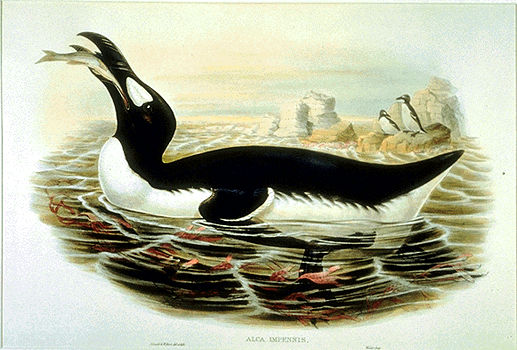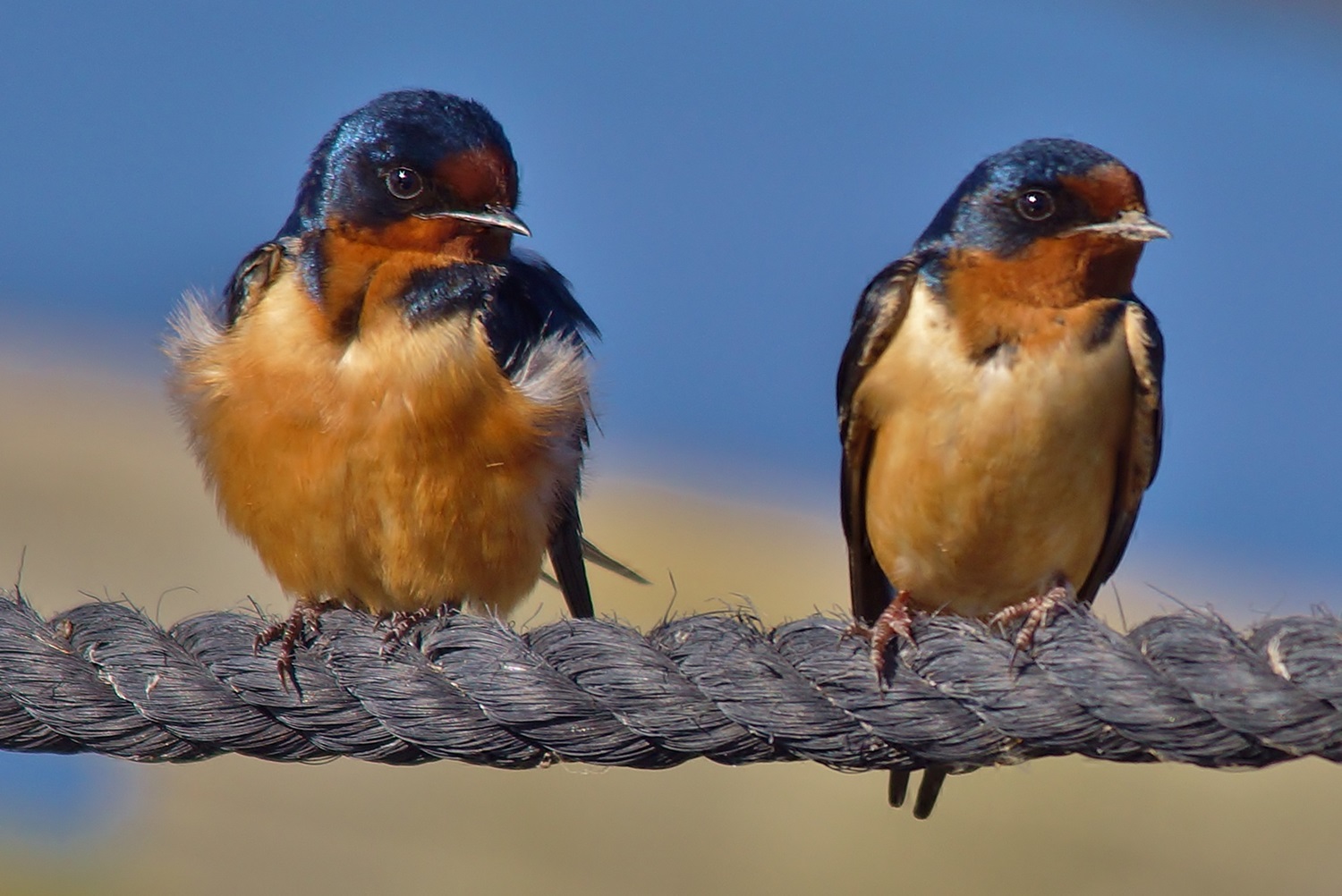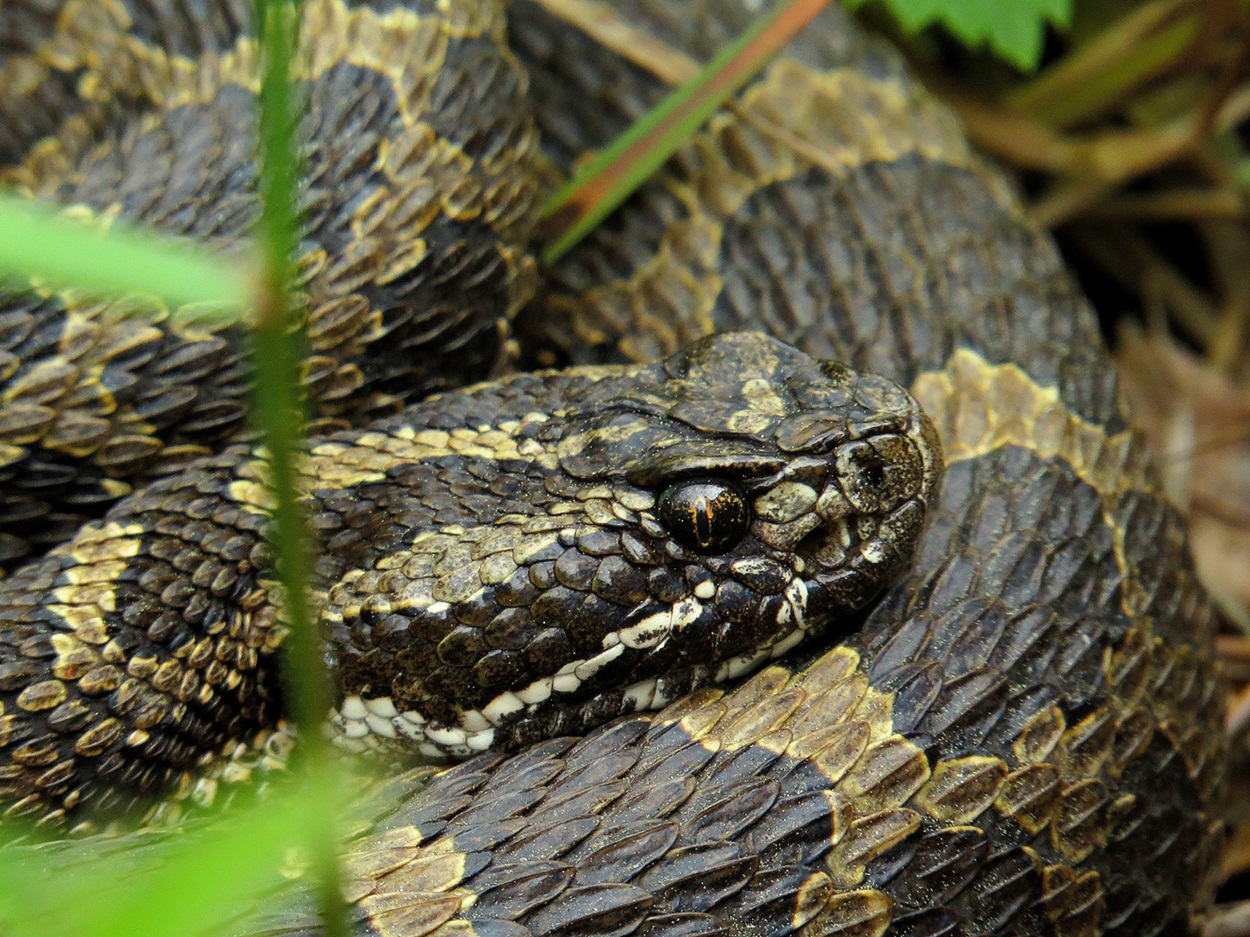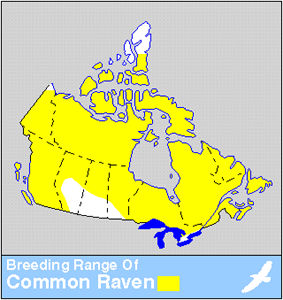Birds are feathered vertebrate animals which belong to class Aves. The fossil record, comparative anatomy and embryology indicate that birds have a common ancestry with reptiles and dinosaurs. Paleontologists generally believe that, among living reptiles, crocodilians are the closest relatives of birds. Over 700 species of birds can be found in Canada.
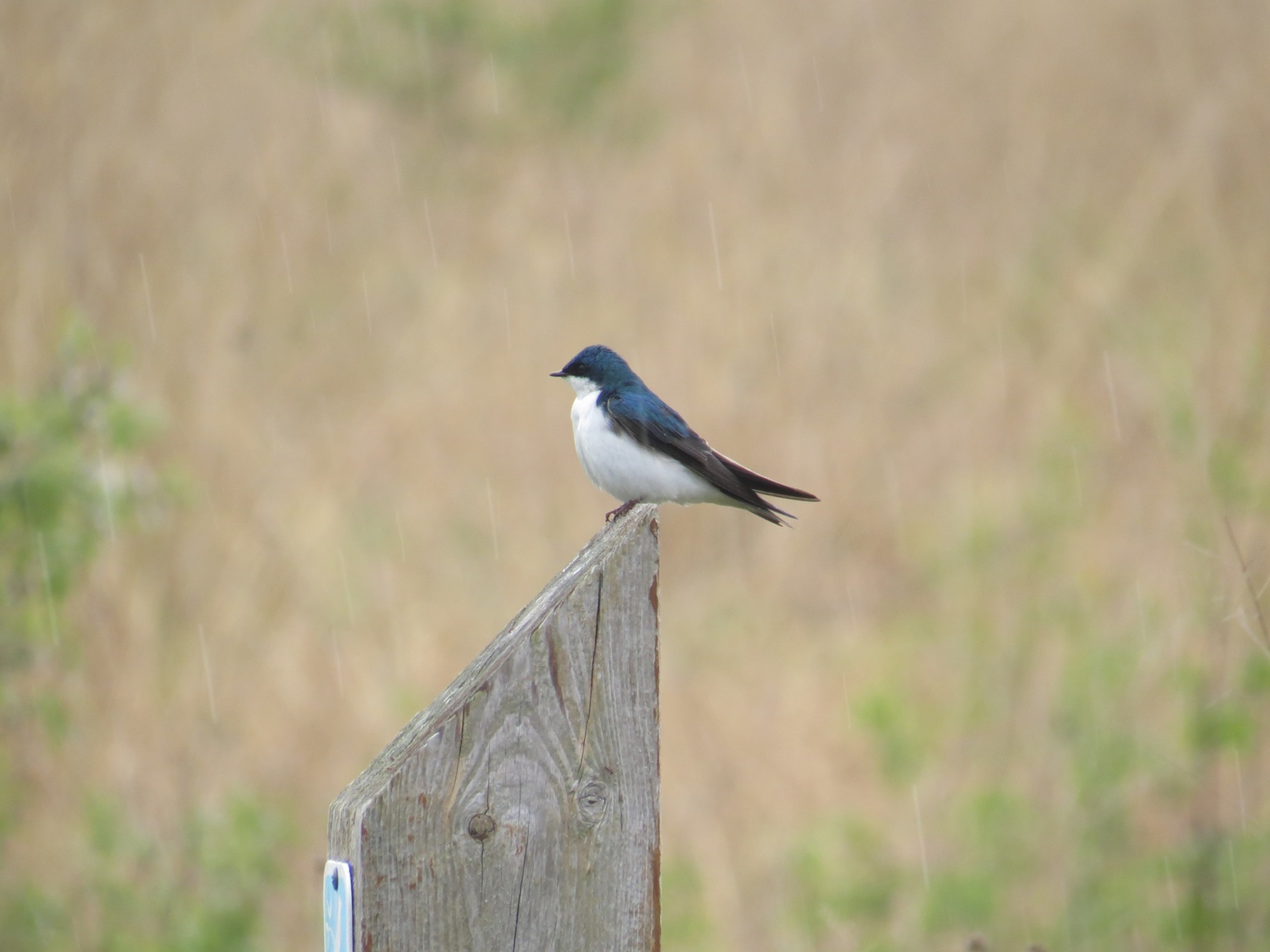
Adaptations for Flight
Birds are unique because they possess two major anatomical adaptations: feathers, probably evolved from reptilian scales, which provide an insulating coat and give them the ability to maintain a constant body temperature, independent of the temperature of the air surrounding them; and considerably modified forelimbs, from the five-fingered form of their reptilian ancestors to a wing covered with specially adapted feathers, which give birds the power of flight (see Bird Flight).
Additional adaptations include modifications to the skeleton that lessened its weight through the evolution of air-filled, hollow bones; increased its rigidity through fusion of its parts (e.g., sections of the vertebral column); and provided bony projections (processes) to which flight muscles attach, such as the keel (projecting ridge) on the sternum.
The lungs evolved a series of associated air sacs which penetrate into bones and between muscles. This respiratory system both decreases body mass and increases gas exchange efficiency by permitting a continual flow of fresh air over the respiratory surfaces. Body weight was reduced further through the ability of birds to excrete a nitrogenous waste (uric acid) that requires little water for its discharge, making it unnecessary for birds to carry this water.
The reproductive system is functional only seasonally, becoming enlarged and heavy during the brief period of reproduction. In females of most species, it is represented by only a single ovary and oviduct that produce the shelled eggs, which allow the young to develop outside the mother's body and also help reduce weight.
These adaptations in form, function and associated behaviour have enabled birds to surmount what were, for other vertebrates, impassable geographic barriers, and to exploit virtually every habitat from arctic tundra and deserts to tropical forests and oceans.
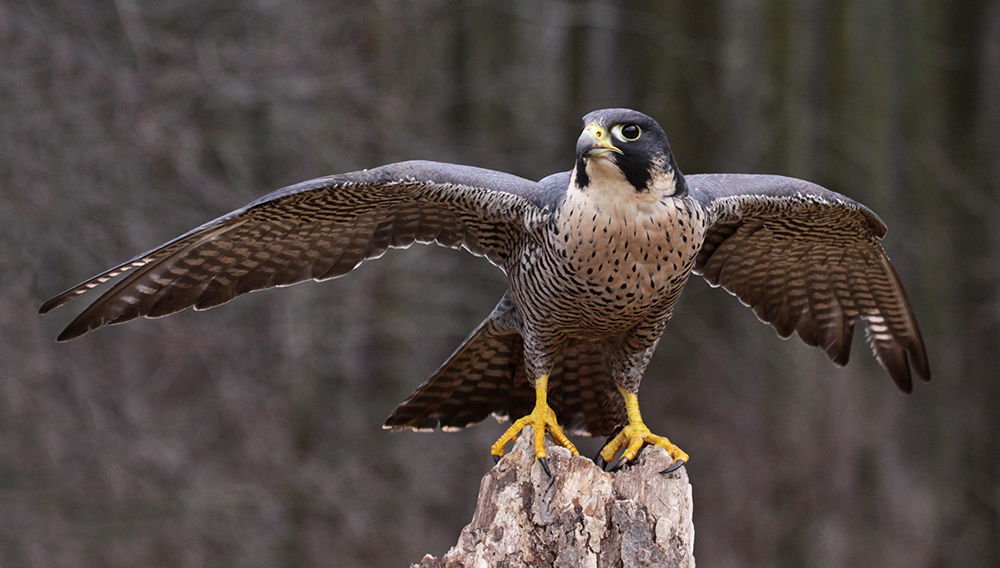
Canada's Avifauna
While over 700 species of birds can be found in Canada, only about 425 of them have been recorded breeding in Canada. Throughout most of the country, most species are migratory, arriving in spring to nest and rear their young, and departing for more hospitable climates in autumn (see Migration). At least a few species are resident throughout the year, even in the Arctic, to which such birds as the common raven, glaucous gull and rock ptarmigan have become adapted to exploiting the food resources available during the long, dark winters.
Farther south in Canada, visitors arrive in late autumn from breeding grounds in the arctic islands, northern tundra and boreal forest to winter along the seacoasts, in the deciduous hardwood forests and on the central plains. Such birds as oldsquaw ( ducks), redpolls, pine grosbeaks and snow buntings fall into this category.

Reproduction
Birds are usually most conspicuous during their reproductive cycle. This is the time when most species undertake complex behavioural patterns that involve courtship display and song. The breeding plumage, characteristically striking in breeding males, makes them visually conspicuous as they undertake their ritualized displays. Perhaps the most spectacular example is the courting peacock. Birds are also conspicuous at this time through the sounds they produce, particularly when males of many species are advertising their occupancy of territory by singing.
Most birds appear to establish nesting territories, ranging from relatively large areas in which most foraging and nesting occur, as in the American robin, to very small spaces that encompass only the nest sites, as in colonial species like the ring-billed gull. Territories are defended against trespass by other individuals of the same species and, in some cases, of other closely related species.
The nest is built, and the clutch of eggs is deposited within the territory. The size of the clutch varies considerably, from one egg in cliff-nesting seabirds like the northern gannet, to about 18 in game birds like the grey partridge. The young hatch from the eggs after periods of incubation varying from about two weeks in small songbirds like swallows and sparrows to about nine weeks in large birds like albatrosses.
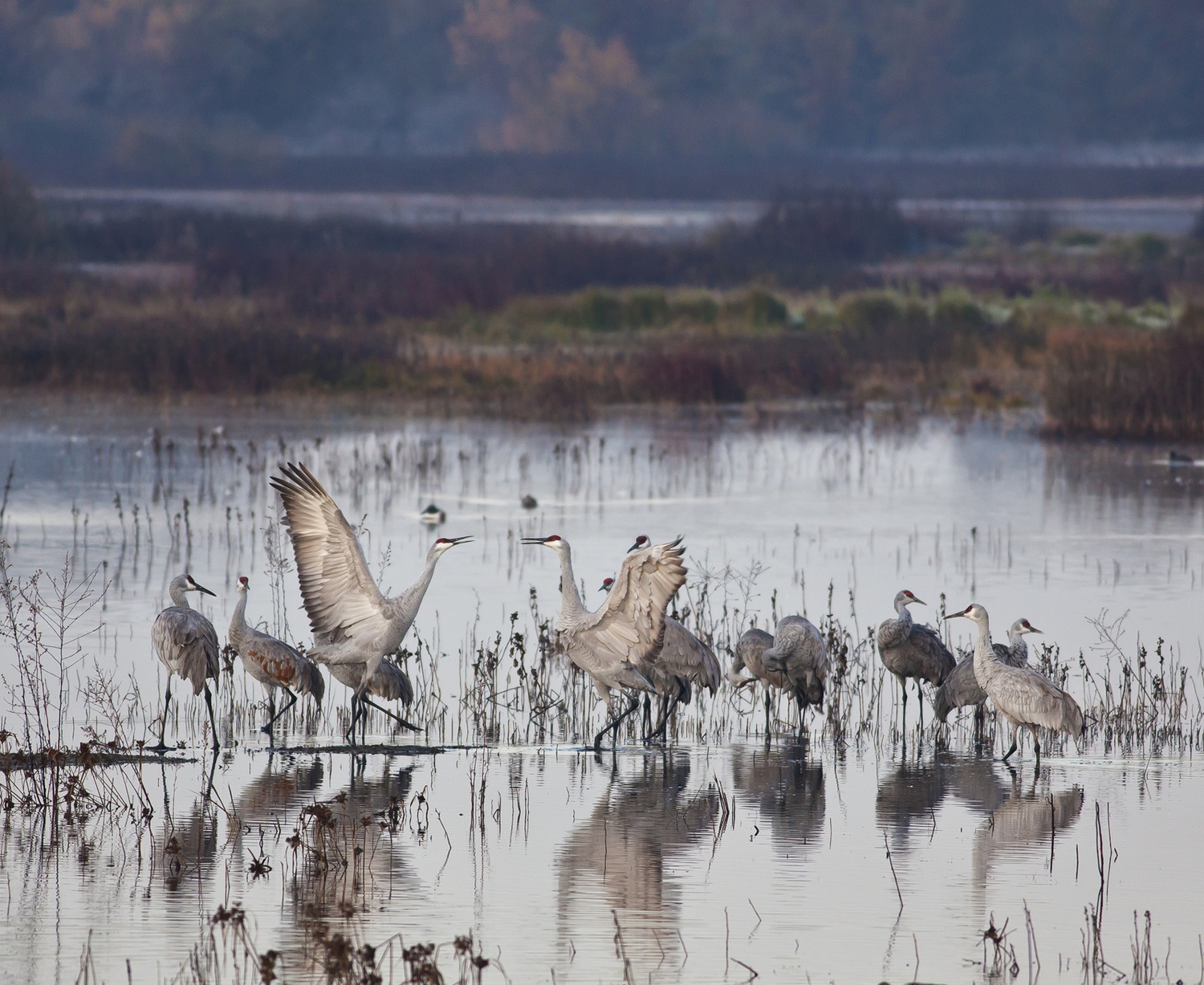
Hatchlings
The hatchlings require parental attention for some time. For those species (e.g., house wrens and American robins) whose young hatch naked and remain in the nest until they make their first flight, both parents bring food during the entire nesting period. For them, food availability is a factor of major importance. Other species (e.g., ruffed grouse and Canada geese) produce chicks that are able to feed themselves shortly after hatching. In these forms, the young soon leave the nest, always accompanied by their parents. Their ability to avoid predators before they learn to fly is of major importance, as is suggested by the camouflage created by the colours and patterns of their downy plumage.

Diet
Birds have evolved the ability to use a great variety of foods. Some species are largely herbivorous: geese graze on herbaceous plants; grouse browse on the leaves and needles of woody plants; many tropical birds live largely on fruit; and one group, which includes the hummingbird, uses flower nectar.
At the other end of the food spectrum are birds that are largely carnivorous: loons live principally on fish; hawks and owls prey primarily on terrestrial vertebrates such as rodents (see Birds of Prey); and a large group of small birds has evolved to exploit the populations of insects that exist throughout the terrestrial sphere. Among these are such diverse forms as swifts and swallows, which feed on aerial insects, wood warblers, which glean leaves of trees for the arboreal insects they harbour, and dippers, which enter fast streams to feed on aquatic insects living among the bottom sediments.

Conservation and Threats
About 90 of the bird species found in Canada are considered at-risk according to the Canadian Species at Risk Act. In fact, across the United States and Canada, around 3 billion birds, or one in three individuals, have been lost since 1970. Five main threats explain this decline:
- Habitat loss from urban development, forestry, mining, agriculture, etc.
- Pesticides and other contaminants
- Invasive species and outdoor cats (see Invasive Species in Canada: Animals and Invasive Species in Canada: Plants)
- Collisions with human-made structures, such as windows and power lines
- Climate change
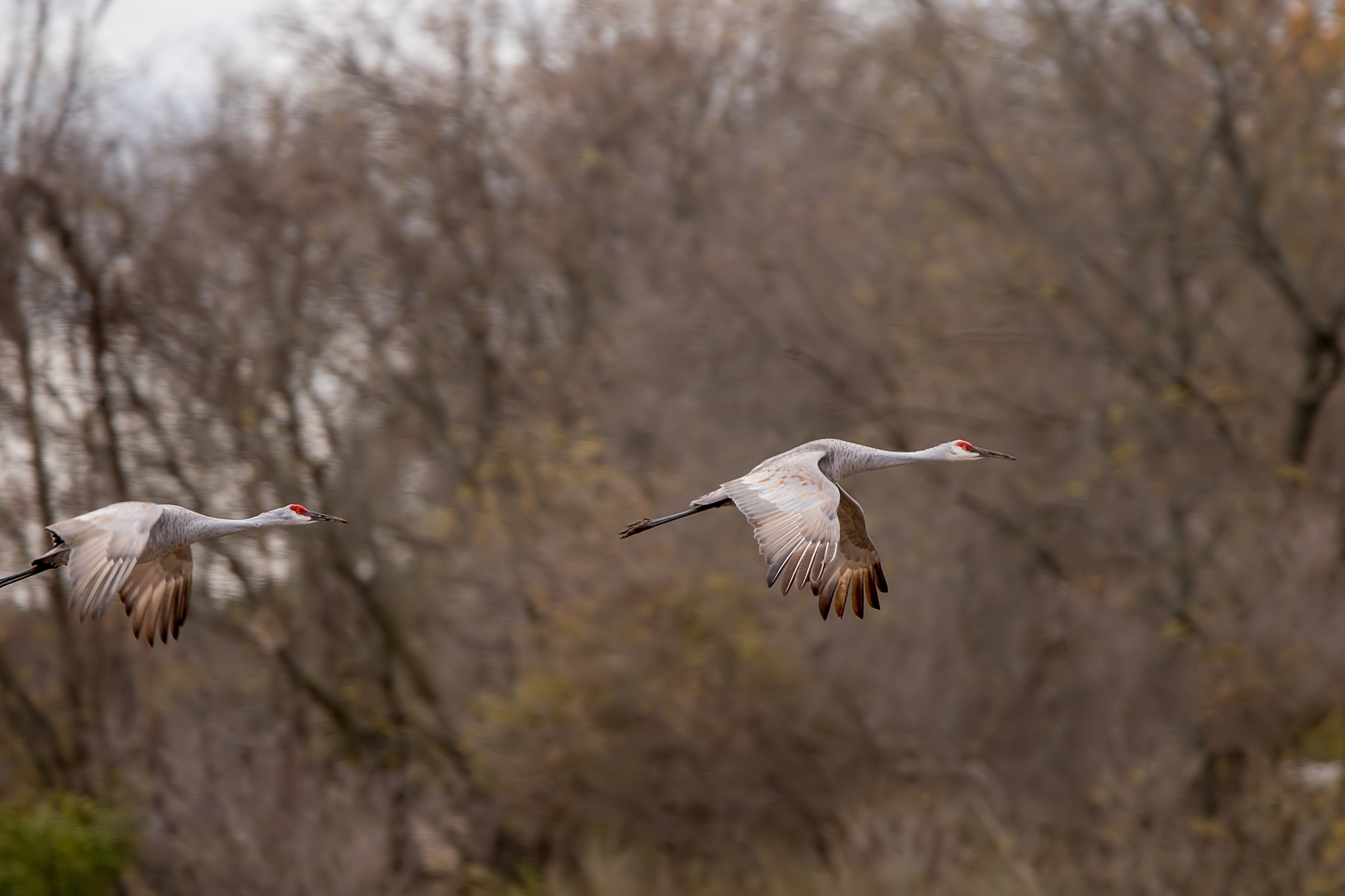

 Share on Facebook
Share on Facebook Share on X
Share on X Share by Email
Share by Email Share on Google Classroom
Share on Google Classroom

